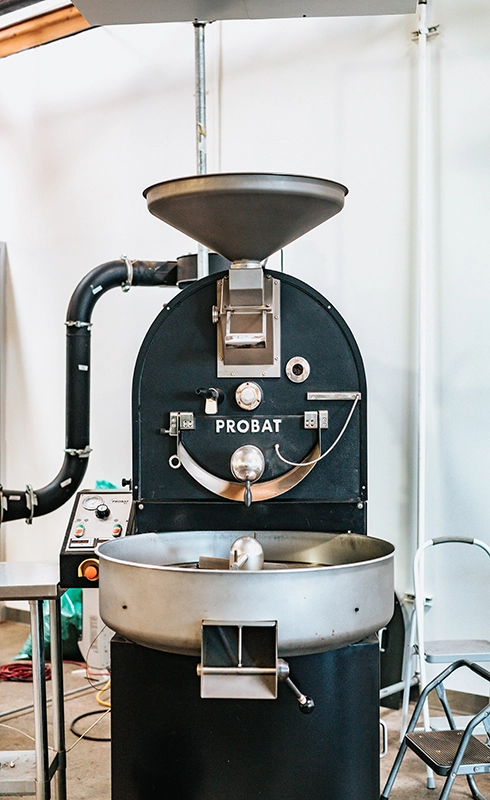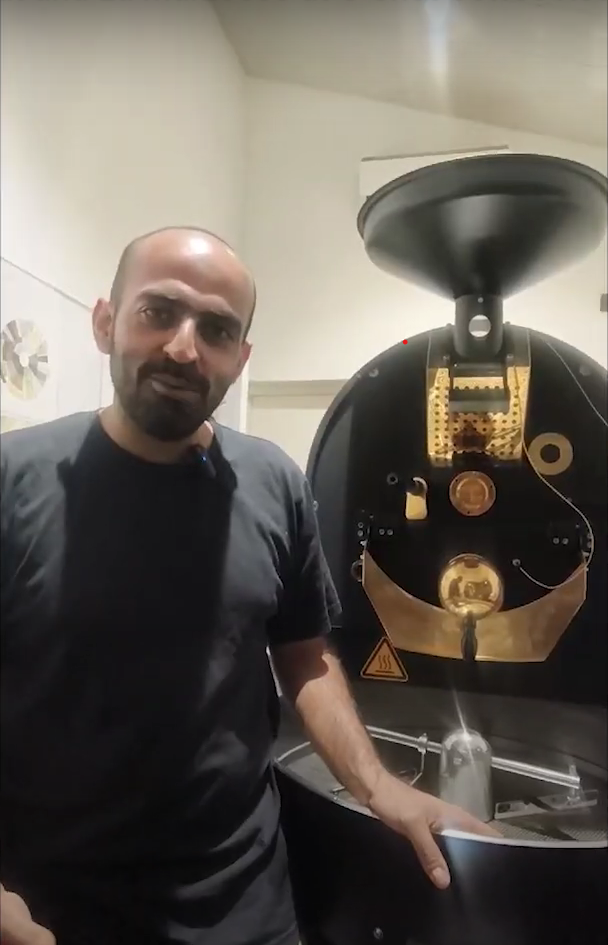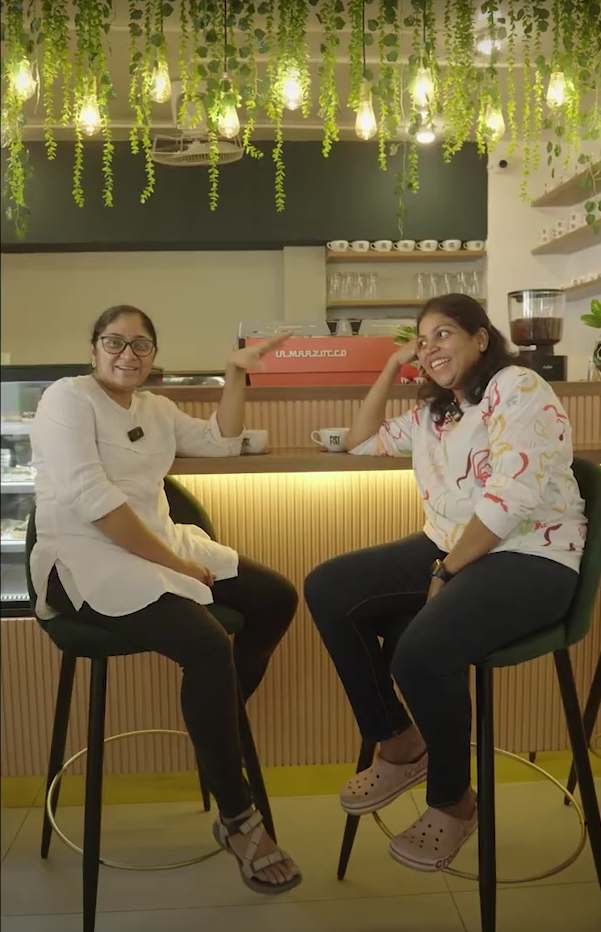Blogs

How to use a Coffee bean roaster?
Before the coffee hits the shelves for consumption, another segment that directly influences its outcome is to use coffee bean roaster. The application of heat can make or break a very well processed coffee.
There are several physical and chemical changes taking place within the beans as they are fired up. Visually, a change in the color of the bean is most evident, as it moves from its greenish hue to a light yellow and then takes on all the shades of brown depending on what the roast calls for.
There are also aroma changes taking place, moving from a green, almost grass-like smell to a more toasted grain-like aroma.
Pale
The seeds (beans), after a very short amount of time in the coffee bean roaster, will pale in colour, sometimes looking almost white. The aroma for this initial phase is mostly grassy, smelling very much of the raw green seeds (beans). The seeds (beans) are absorbing heat, energy, but there is still time before any major visual or aromatic differences occur.
Yellowing
As the roast progresses in the coffee bean roaster, the seeds (beans) will begin to turn yellow. The smell is now changing to hay. The Maillard reaction begins when the seeds hit 145- 150 degrees C. Reducing sugars react with amino acids to produce this non-enzymatic browning (enzymatic browning occurs, for example, in apples as the inside is exposed to the air).
Orange/Tan
During the middle phase of the roast, the beans deepen in colour, moving from a yellow to a distinct tan or orange colour, depending on the coffee. The aroma moves from hay to something much sweeter, often like baking bread! When the bean temperature moves past 165 °C, caramelization occurs, helping with that delicious smell.
First crack
Our favourite point in the roast. The coffee will audibly pop or crack like popcorn and puff up slightly (although much less than popcorn!). This marks the beginning of when we usually consume coffee. The coffee can now be ground and brewed, although how easily depends on your development.
Development
Depending on the roast and the coffee, the first crack will be quick and loud or slow and long. When you stop, the roast is up to you. Shorter development times generally have a brighter profile, longer and darker roasts tend to be less acidic and with more body.
Development time
The time after the first crack is sometimes referred to as the development time. Things happen quickly! The coffee changes in appearance and flavour most quickly at this point. 30 seconds can produce a different-tasting cup of coffee.
We carefully monitor how long and at what temperature the coffees are being roasted here, all to get the best flavour from the beans. How much development time to apply to a roast becomes quite personal. Everyone likes a different style of coffee, and it’s usually after 1st crack that most people make their adjustments to how a coffee tastes. Longer roasts, shorter roasts, darker roasts, lighter roasts, and combinations of them all.
Second crack
If the roast continues long enough, coffee will go through a second crack. This is slightly softer sounding than the 1st crack, and it’s usually when oils will begin to migrate from the inside of the bean to the outside.
The cellular matrix fractures here, allowing oils to migrate outward. Second crack is usually a good marker for the point at which the roast flavours can dominate the original flavours. We prefer to keep a nice balance of the two to allow the terroir to shine through. But that’s our preference – there is no right answer.
Burnt
Keep roasting in the coffee bean roaster, and now the coffee will burn. Carbon is now developing as sugars and other components are breaking down and burning. Probably best to stop it here and not risk a fire.
Cooling
After roasting, the coffee will be cooled quickly down to about room temperature. It’s key to have this done quickly – if the coffee stays warm too long, it can dull the flavour of the coffee. Remove the coffee from the coffee bean roaster to the collection jar right away. The chamber, although cool compared to roasting, is still a little warm, and moving the coffee to the jar as soon as possible will keep that coffee tasting fresh.
Maillard Reaction
A key reaction for the development of roasted coffee flavor and color is the Maillard reaction. At temperatures from 150-200°C, carbonyl groups (from sugars) and amino groups in proteins react to form aroma and flavor compounds. Hundreds of coffee flavor compounds are formed from Maillard chemistry, including the potent coffee aroma flavor compound, 2-furfurylthiol.
Caramelization
From 170-200°C, the sugars in coffee start caramelizing, which browns the sugar and releases aromatic and acidic compounds. During the roasting process in the coffee bean roaster, most of the sucrose is converted to caramelized compounds, but if you roast the coffee too lightly, the bitter-tasting compounds won’t degrade.
Why Choose Kaapi Machines?
We take pride in our partnerships with world-renowned brands such as La Marzocco, Rancilio, La Carimali, WMF, Kalerm, Porbat, Anfim, HeyCafe, Ditting, Mahlkönig, Brood, Ripples, BUNN, Budan, Toddy, PUQPress, Tone, Fredda, Harmony, Aillio, and Urnex. These leading brands ensure that we provide you with top-tier, reliable, and innovative coffee solutions for every need, from cafes and restaurants to offices and hotels. Whether you’re looking for the perfect espresso machine, grinder, or brewing equipment, our partnerships with these trusted brands guarantee exceptional quality and performance.
At Kaapi Machines, we provide tailored solutions for diverse needs, including automatic coffee machines, semi-automatic coffee machines, coffee grinders, heavy duty coffee grinders, coffee machines, coffee roasters, commercial coffee roasters, coffee accessories, coffee equipment, commercial blenders, commercial coffee roasters, coffee bean machines, coffee blenders, coffee brewers, coffee vending machines for office, professional coffee machines, manual brewers, espresso machines, cappuccino coffee machines, coffee machines with grinder, coffee brewing machines, espresso machines for cafe, electric coffee blenders, coffee machines with steamer, fully automatic coffee machines and specialized espresso machines for cafe, coffee machines for restaurant, specialty coffee machines, coffee machines for hotels, coffee machines for cafés and offices. From consultation to installation, as well as barista training, we’re here to ensure that your coffee experience is nothing short of extraordinary.
With Kaapi Machines, you don’t just get a coffee machine—you get a partner in brewing excellence. Our expert team is here to guide you through the process of choosing the perfect equipment, ensuring seamless installation, and providing exceptional after-sales support. Let us help you take your coffee experience to the next level, no matter your business size or needs.











































